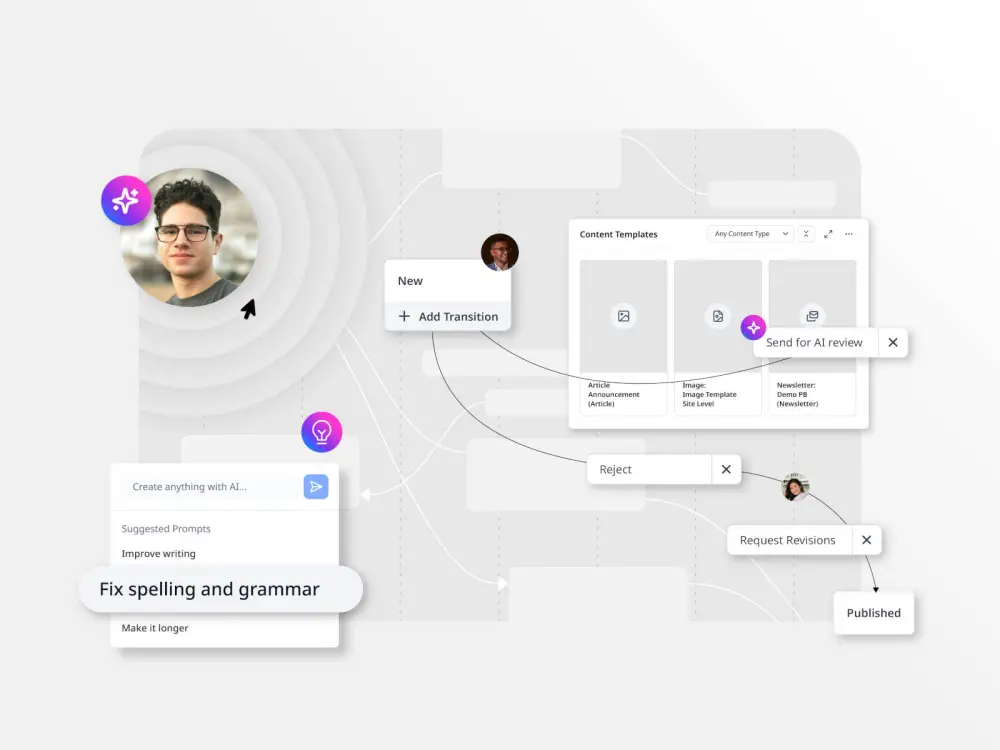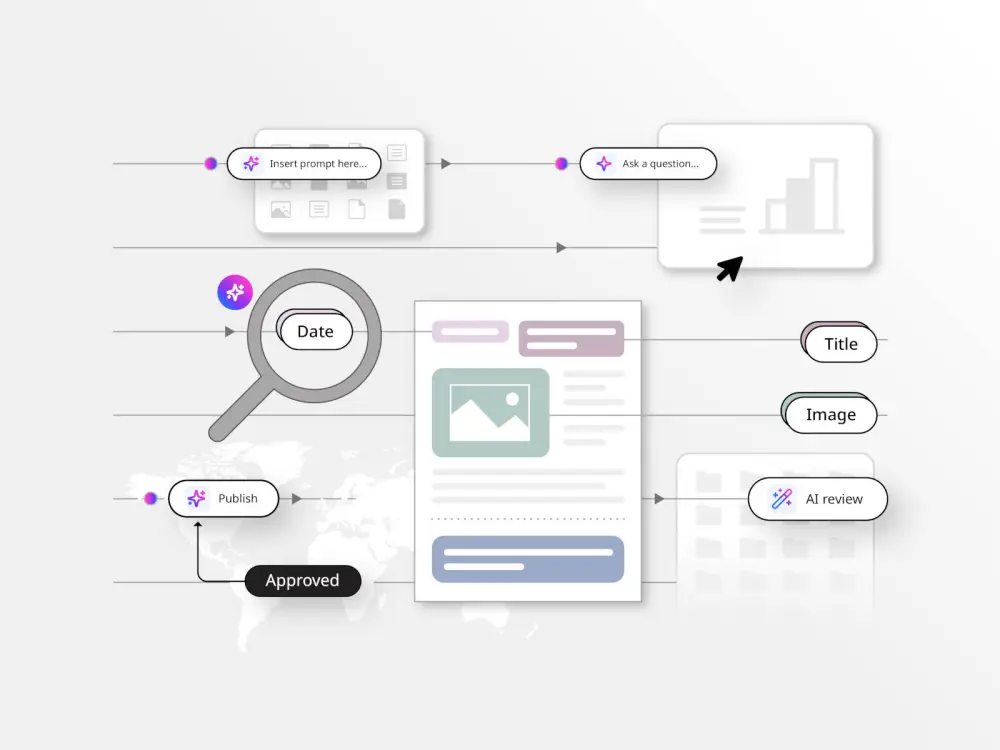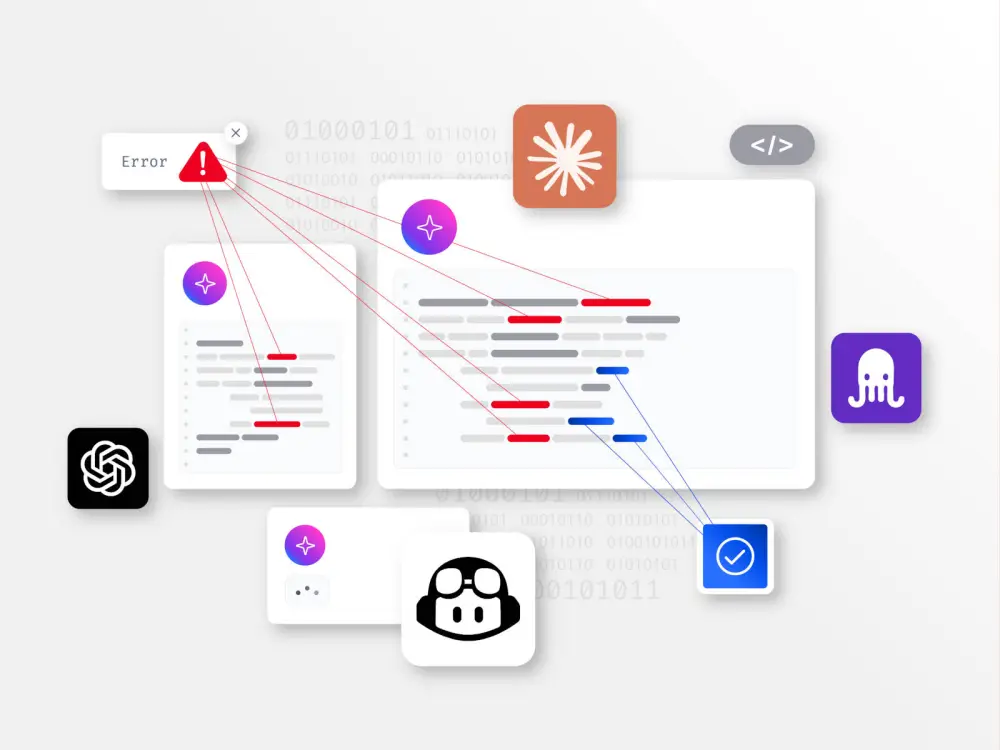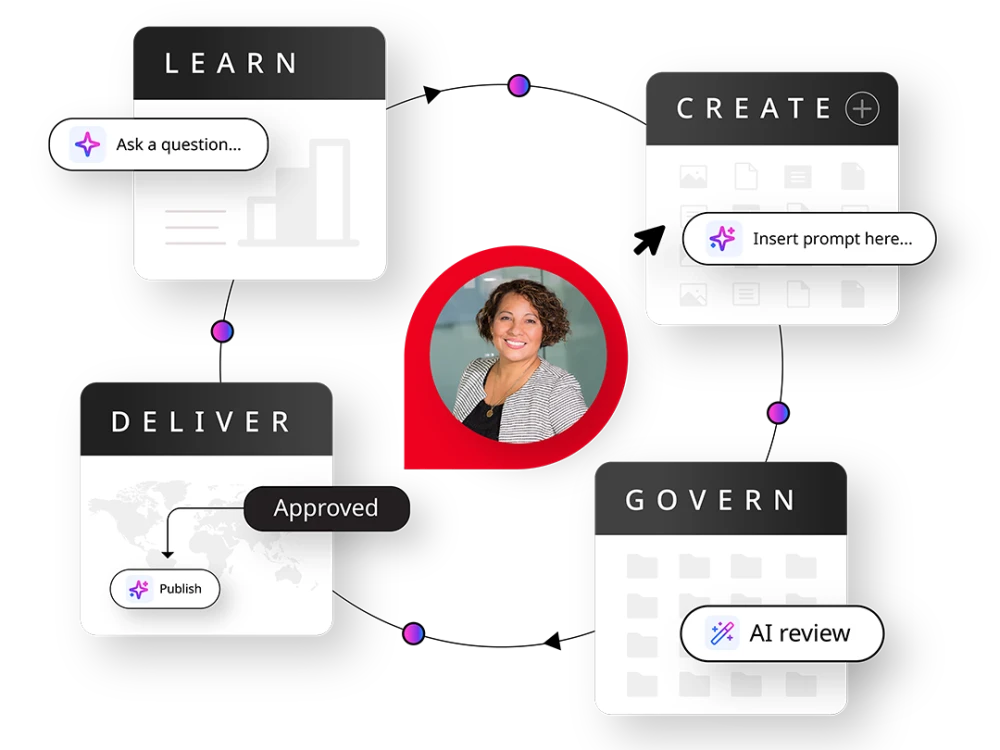Answer visibility
Answer visibility across AI tools tracks how consistently your content appears in responses from different LLMs like ChatGPT, Perplexity, Google SGE, Claude and Bing Copilot. Each model uses different data sources and retrieval methods, so visibility in one doesn’t guarantee visibility in others.
It’s easy to focus on just one or two AI models (usually ChatGPT and Google), but that’s a dangerous blind spot. In reality, each AI tool has its own retrieval methods, data sources and biases, which means your content might show up in one, but be completely absent from another.
This is where answer visibility across tools becomes critical.
- ChatGPT (OpenAI) — Leverages a mix of pre-trained data and browsing (if enabled). Strong bias toward high-authority domains and well-structured knowledge bases.
- Perplexity — Live searches across the open web, favoring Google’s top search results and UGC-rich sources like Reddit.
- Google SGE — Blends generative answers into live search results, often surfacing sites directly but not always consistently attributing sources.
- Claude (Anthropic) — Uses its own dataset, heavily favoring conversational and explanatory content that reads like human advice.
- Bing Copilot — Pulls heavily from Microsoft’s search index and its partnerships but includes broader web content too.
If you’re serious about AI-driven content performance, you need to think bigger than any one model. Your audience doesn’t care which tool gave them the answer, they care that they got a good one.
The brands that win in this space are those who build true AI omnipresence, showing up consistently, accurately and authoritatively across every major AI interface.
And remember: LLMs aren’t just pulling from your website. They’re pulling from forums, product reviews, Reddit threads, conference transcripts, every digital breadcrumb matters.
Run manual visibility audits across LLMs:
Search for your core topics, product names, and customer questions directly inside each LLM and do the following:
- Log presence and prominence by model:
- Track whether you appear, how you’re cited, and the depth of content usage. Use this to build an internal AI visibility scorecard.
- Monitor changes over time by repeating your tests monthly to identify visibility shifts as LLMs update their data and retrieval behaviors.
- Diversify your content distribution to LLM-friendly spaces like authoritative blogs, Reddit, YouTube transcripts, community forums.





